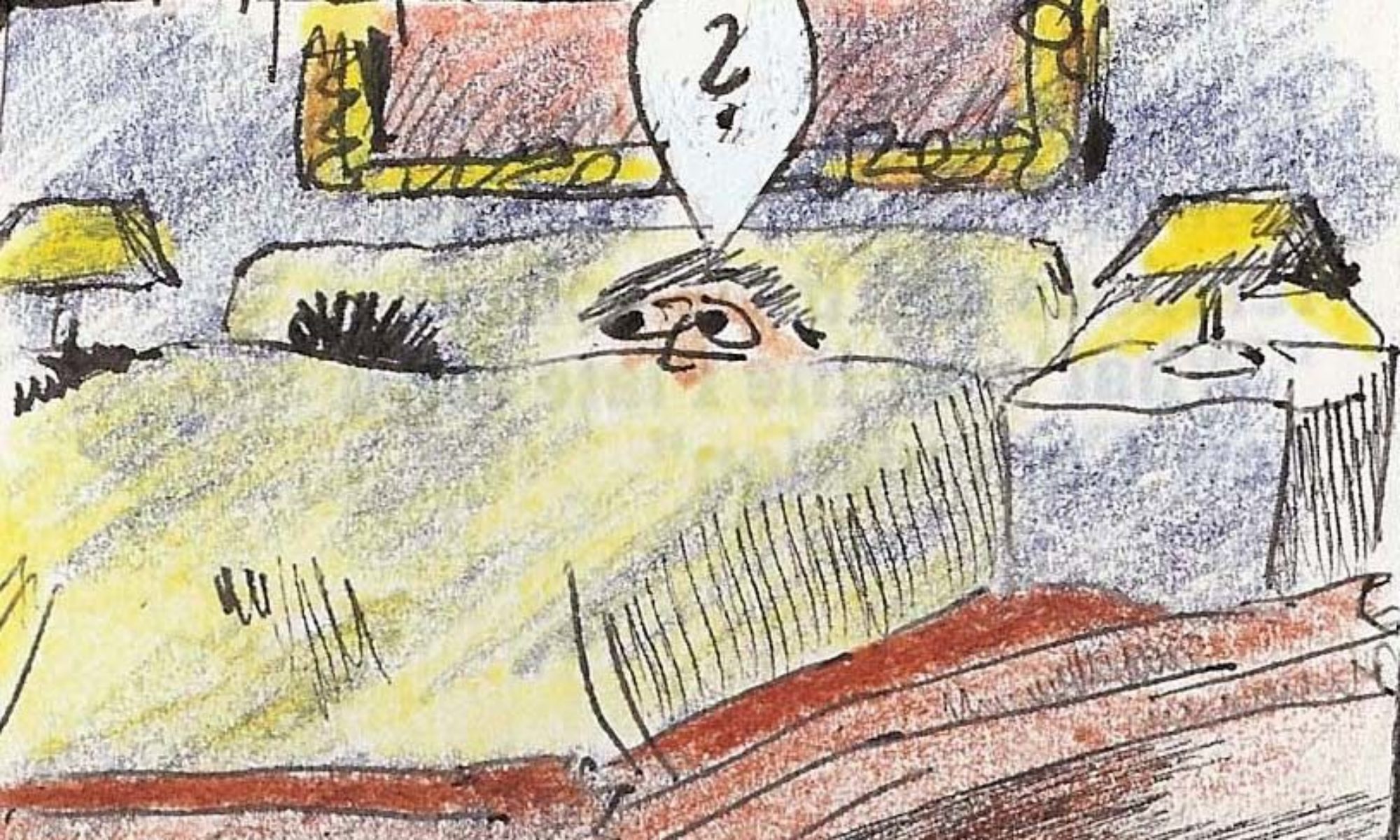EIPOP is the name for Rudolf’s very individual auto-biographical drawings, which are accompanied by Limerick poems (in English, German and some in French) or short essays.
WHAT DOES THE WORD “EIPOP” STAND FOR?
The letters “EI” stand for the German word for “egg”. In German “EI” is pronounced like “I”, the English word for “me”. EIPOPs are all about Rudolf’s life (“me”).
His EIPOP drawings represent the volatility of and the “ups and downs” in Rudolf’s life (the fragile egg shell), and the wealth of content (like an egg’s rich white / yellow content). The “I” in EIPOP reminds the viewer that the character of the EiPOP drawings is autobiographic (“me”) and the “POP” is a reference to the well-known “PopArt” style of drawings, which Rudolf brought to some perfection in the late sixties.

WHAT DO EIPOPs SHOW ? Even in times of omnipresent smartphone photography, there are moments in daily life, which cannot be caught by even the most talented photographer. This is particularly the case for life in colourful, dynamic and hectic cities and megacities. The sheer amount of people living together on a relatively small space, the practiced individualism of people, groups of people, metropolitan elites (“HiSos”) and sub-elites, the permanent offer for entertainment and distractions are leading to scenes, which often can only be captured by artistic representation and less by snapshot photography or “selfies”.

The very special character, the details and the rich colours of Rudolf’s EiPOP drawings capture special moments in an unmistakable manner. They tell the story of a sophisticated and adventurous urban couple that enjoys the pleasures of big city (urban jungle) life to the fullest. The drawings, combined with their narrative in form of Limerick poems or funny short essays, reflect in an anecdotal way Rudolf’s permanent curiosity and his rich treasure of experience both, in his private and in his business life.
Rudolf has a particular way of observing and mocking about the particulars of life, especially in mature and hip societies. His EIPOP drawings reflect the “zeitgeist”, present-day fashions and changing behaviour patterns in an urban environment, which can be viewed as decadent and in which boredom does not exist.

At first view, Rudolf’s colourful and very detailed images may look naive, but taking a closer look, the observer will discover that they are full of hidden mockery, (self-) irony and sarcasm.
